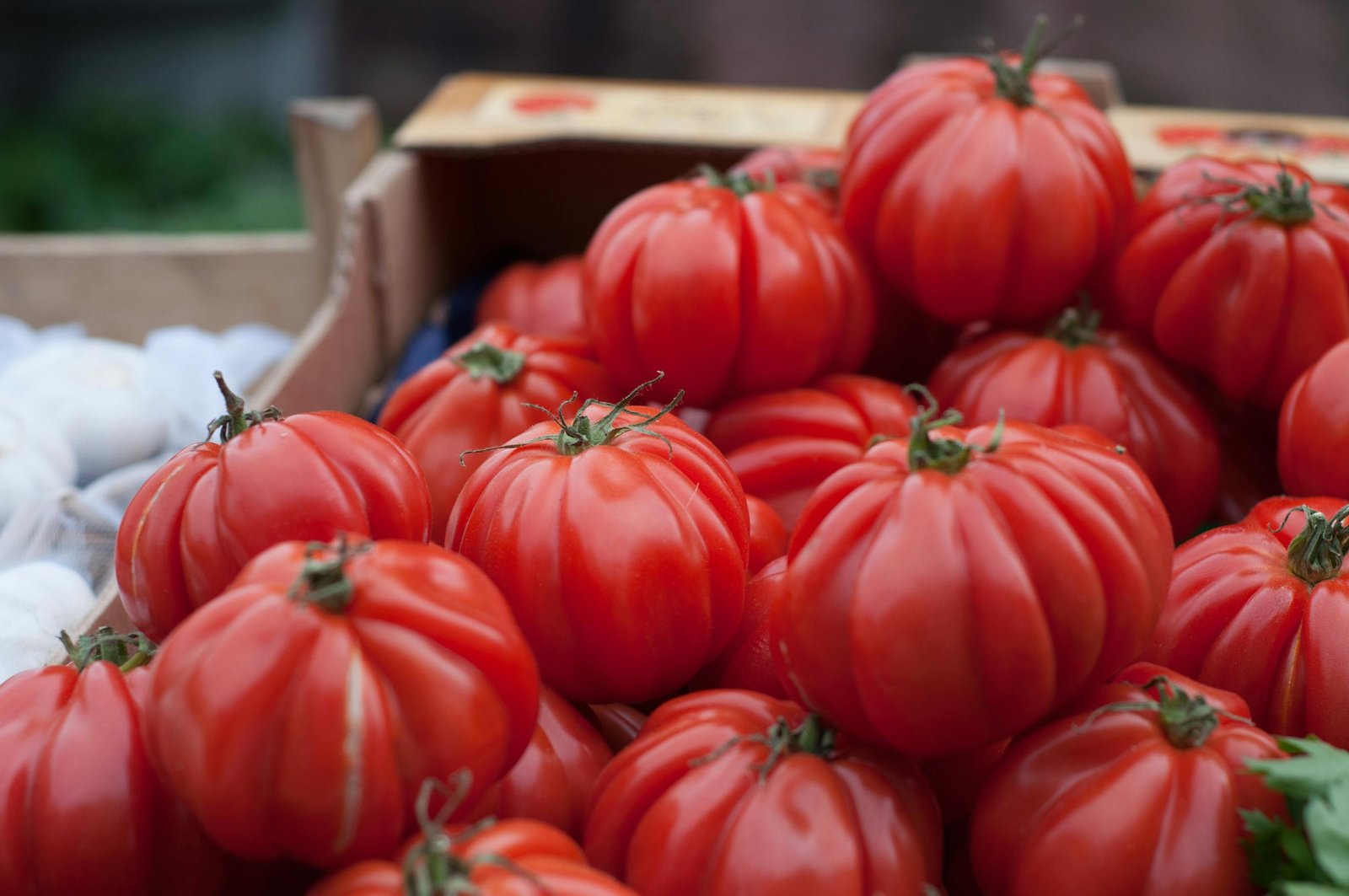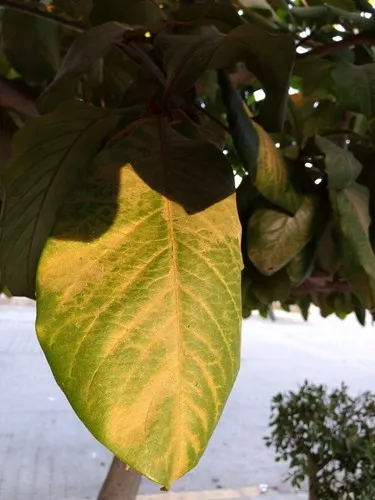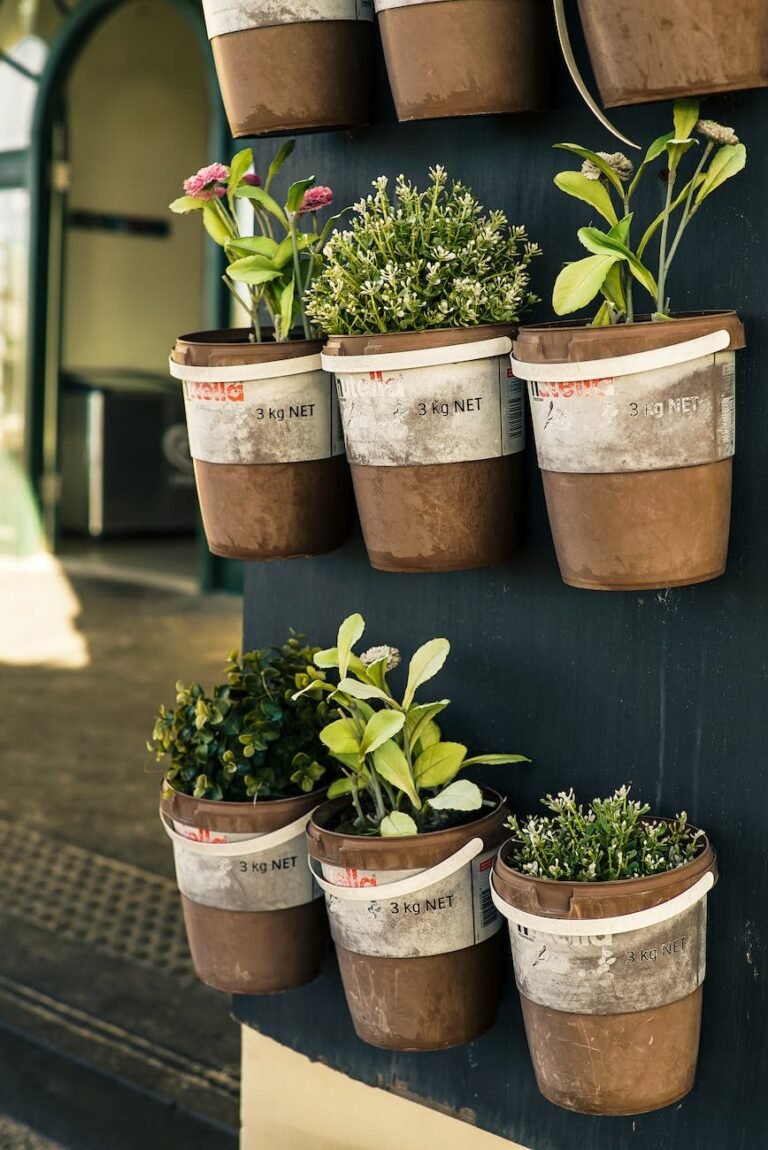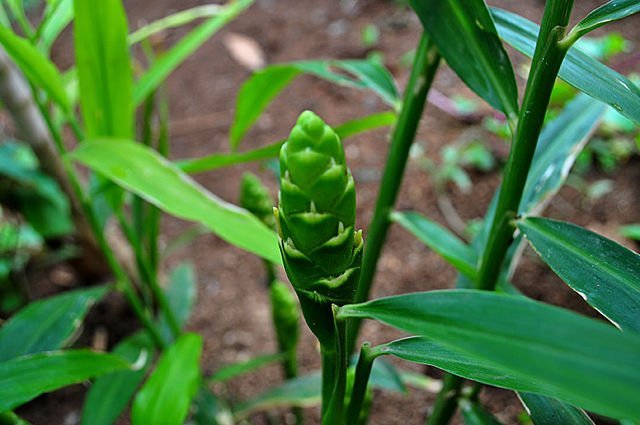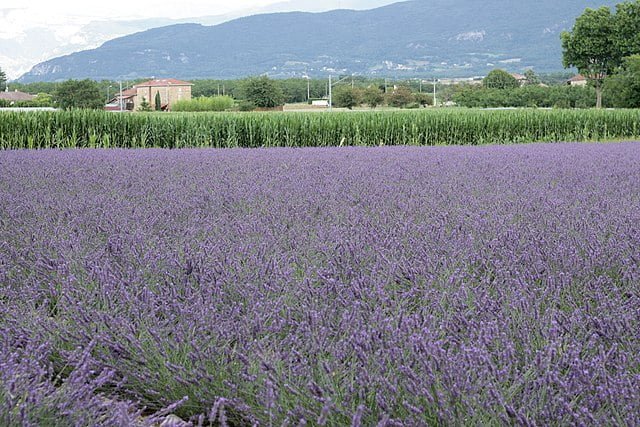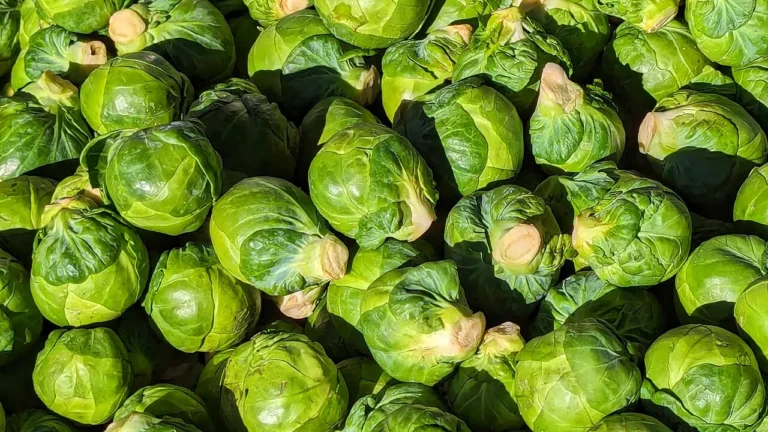Rediscovering Growing Heirloom Vegetables: A Guide to Growing and Saving Seeds
Heirloom vegetables carry a sense of nostalgia and tradition, offering a tangible connection to our gardening ancestors. These unique varieties, known for their taste, diverse colours, and shapes, have been passed down through generations, preserving a rich agricultural heritage. Growing heirloom vegetables not only adds interest and variety to your garden, but it also plays a vital role in preserving biodiversity. This article will provide a comprehensive guide to growing these living legacies.
What are Heirloom Vegetables?
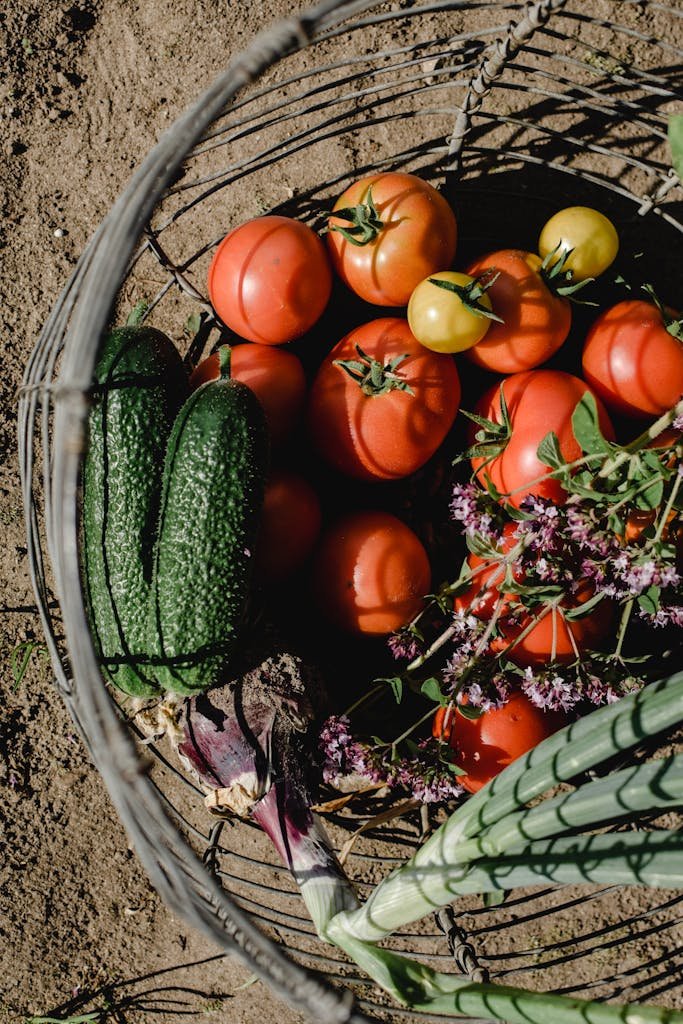
Heirloom vegetables are plant varieties that have been grown and preserved for 50 years or more. They are open-pollinated, meaning they reproduce naturally and can be saved for future planting while maintaining their distinct traits. Unlike hybrids, which are bred for commercial farming, heirlooms are known for their rich flavors, unique appearances, and regional adaptability.
Why Choose Heirloom Vegetables?
- Superior Taste: Many heirloom vegetables boast more robust and complex flavours than their modern counterparts.
- Biodiversity & Sustainability: By growing heirloom varieties, you contribute to preserving plant diversity and protecting against mono culture farming.
- Seed Saving: Heirloom seeds can be collected, stored, and replanted, allowing gardeners to maintain self-sustaining crops.
- Nutritional Benefits: Many heirloom vegetables retain higher levels of nutrients compared to mass-produced hybrids.
Cultivating Heirloom Vegetables
Growing heirloom vegetables is similar to growing conventional ones. You need to prepare the soil, sow the seeds or transplant seedlings at the right time, and provide adequate water and nutrients. However, heirlooms might require additional care, as some varieties might be more susceptible to pests and diseases due to lack of hybridization.
Popular Heirloom Vegetable Varieties
Tomatoes
- Brandywine: Large, meaty, and known for its deep, rich flavour.
- Cherokee Purple: A dark, almost smoky-flavoured tomato with a stunning purple hue.
- Mortgage Lifter: A high-yielding, sweet-flavoured variety with a fascinating backstory.
Peppers
- Jimmy Nardello’s Sweet Pepper: A long, red, and exceptionally sweet frying pepper.
- California Wonder: A classic, thick-walled bell pepper perfect for stuffing and fresh eating.
Beans
- Dragon’s Tongue: A striking yellow-and-purple snap bean with a creamy texture.
- Kentucky Wonder: A productive pole bean known for its rich, old-fashioned flavour.
Lettuce & Greens
- Black-Seeded Simpson: A tender and crisp heirloom lettuce.
- Rouge d’Hiver: A cold-hardy, red-tinted romaine with a mild, sweet taste.
Squash
- Hubbard: A large, long-storing winter squash with sweet, deep-orange flesh.
- Delicata: A smaller, nutty-flavoured squash that doesn’t require peeling.
Root Vegetables
- Paris Market Carrots: Small, round, and exceptionally sweet carrots perfect for containers.
- Chioggia Beets: An Italian heirloom with beautiful red-and-white striped flesh.
How to Grow Heirloom Vegetables
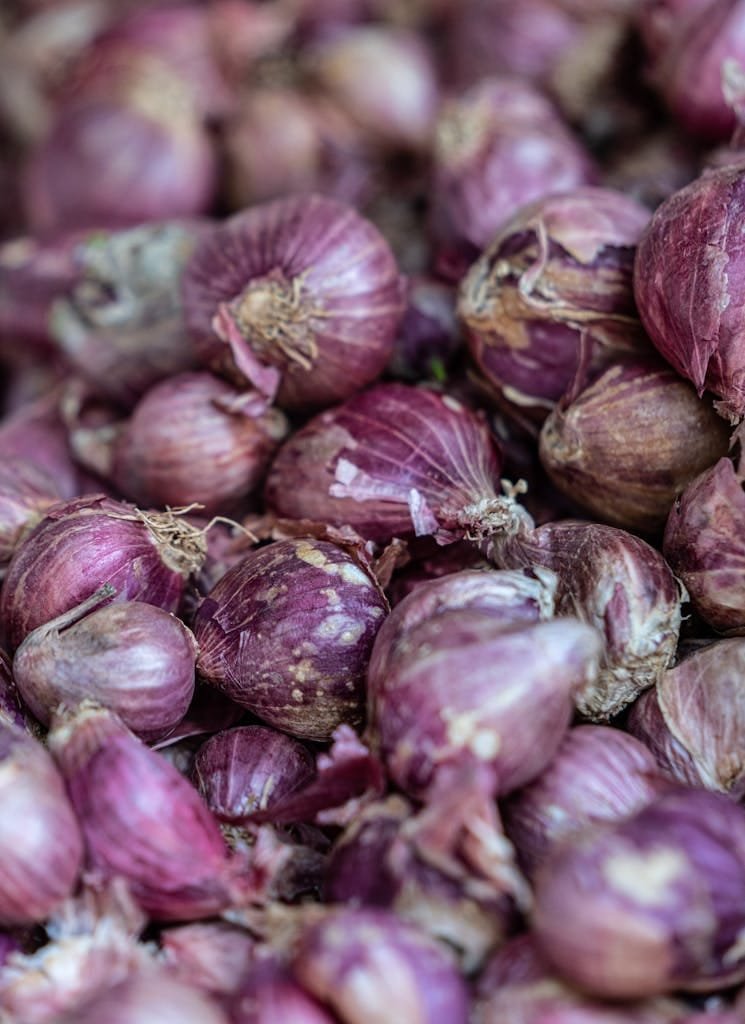
Choosing the Right Varieties for Your Climate
Select heirloom varieties suited to your region. Some, like Cherokee Purple tomatoes, thrive in warm climates, while others, like Rouge d’Hiver lettuce, are cold-hardy.
Planting & Soil Preparation
Heirloom vegetables perform best in nutrient-rich, well-drained soil. Adding organic matter such as compost or aged manure improves growth and yield.
Watering & Maintenance Tips
- Water deeply and consistently, especially during dry spells.
- Mulch around plants to retain moisture and reduce weeds.
- Rotate crops yearly to prevent soil depletion and disease buildup.
Common Pests & Natural Remedies
- Aphids: Spray plants with neem oil or introduce beneficial insects like ladybugs.
- Tomato Hornworms: Hand-pick them off plants or use Bt (Bacillus thuringiensis) for organic control.
- Squash Bugs: Remove eggs from leaves and use row covers to protect young plants.
Companion Planting for Heirlooms
Beans & Corn: The classic “Three Sisters” method enhances soil fertility.
Tomatoes & Basil: Improve growth and flavour.
Carrots & Onions: Repel pests naturally.
Saving Seeds
One of the joys of growing heirloom vegetables is saving seeds for the next season. It’s crucial to ensure that different varieties of the same species do not cross-pollinate, which might mean growing only one variety of each vegetable or separating varieties by a suitable distance. After harvest, seeds should be thoroughly dried and stored in a cool, dry place.
Heirloom seeds can be saved and replanted each year. Follow these steps for successful seed saving:
- Allow vegetables to fully mature before collecting seeds.
- Dry seeds completely before storing.
- Store in a cool, dry place in labeled envelopes or airtight containers.
Where to Find Heirloom Seeds
Numerous seed catalogues and online seed exchanges offer a wide variety of heirloom seeds. Local garden clubs, farmers markets, and agricultural fairs may also be good sources of heirloom seeds or seedlings.
When sourcing heirloom seeds, choose reputable suppliers that specialize in open-pollinated varieties. Some great sources include:
- Baker Creek Heirloom Seeds
- Seed Savers Exchange
- Local farmers’ markets and seed swaps
Heirloom Vegetables in the Kitchen

- Cooking with Heirlooms: Try roasting Chioggia beets for a colourful side dish or using Brandywine tomatoes in a fresh Caprese salad.
- Storing & Preserving: Can or ferment excess produce to enjoy heirloom flavours year-round.
- Flavour Pairings: Match the nuttiness of Delicata squash with sage and brown butter.
Growing heirloom vegetables connects us to history while promoting biodiversity and sustainability. Whether you’re a seasoned gardener or just starting, incorporating heirlooms into your garden ensures a richer, healthier, and more flavourful harvest.
Want to start your heirloom gardening journey? Browse our selection of heirloom seeds or sign up for our newsletter to receive expert gardening tips and seasonal planting guides!

